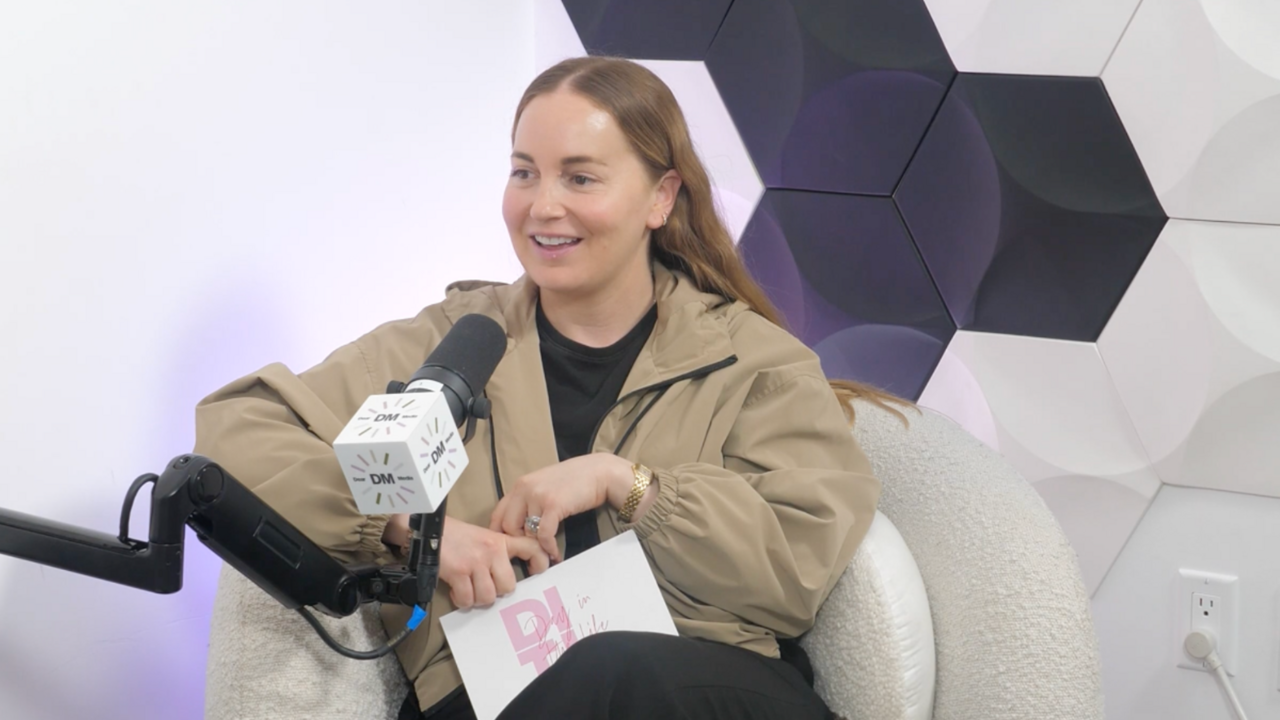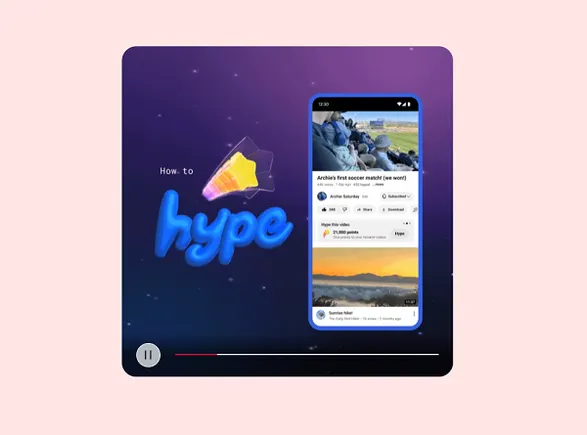User Story Maps Can Help Make You, Your Team, and Customers Happier
Want to launch with confidence? The goal of user stories is to start a conversation about how to build the best product from the consumer's point of view. The post User Story Maps Can Help Make You, Your Team,...


Your team has a backlog of features to implement, and you’re the product owner. The issue is that your team is overworked, and no one knows where to begin or how to prioritize duties.
This is where a user story map template might be beneficial!
What is User Story Mapping and How Does it Work?
A user story map visually represents a user’s journey through a product. It aids product teams in better understanding customers, identifying journey friction points, and prioritizing what would improve the user experience.
It allows you to organize user stories into a usable model for understanding a system’s functionality, finding holes and omissions in your backlog, and planning holistic releases that value users.
A user story is a brief and straightforward description of a feature from the end user’s point of view. “As a user, I can add products to my wish list that I’m not ready to buy yet,” for example.
It forces product teams to design with the end user in mind. A user narrative map goes one step further by displaying a user’s stages to completing a task.
How a User Story Map is Useful
All of the activities in the user-story map are captured as short words that represent an actual user task. As a result, the first part of the user-story structure discusses what the user wants to do with the product.
In the second half of the talk, the story is expanded to incorporate the important benefits. But, again, it is focused on the user and their wants; this mapping style is known as user story mapping. Consider every detail from the user’s perspective.
Later, the team expands on this simple sentence to create specific user stories discussed, with acceptance criteria added and then added to the product/sprint backlog for completion during each sprint as needed.
As we can see, the goal of user stories is to start a conversation about how to solve user problems from the perspective of the consumer who will be using the product.
How Do You Make A User Story Map?
Here are the steps to follow to make a user story map:
Create The Framework
You’ll want to reduce the plot’s scope before you start planning it out. If you don’t, you’ll rapidly become overwhelmed and unable to begin.
So here are some questions to think about:
What issues are we attempting to resolve?How does this feature contribute to the overall value of the product?Who is the target audience segment or customer persona for which we are creating? (If applicable)Make A Diagram Of The Story’s Activities And Steps
Create a general roadmap for how the user will access and use this feature in this step. Those are your primary pursuits.
This section aims to explain the significant steps that must be taken to move from point A to point B. The steps are then laid out in front of you. So let’s take a look at them.
Enter a search term in the search bar and go to the results pageLook through the search results for specific informationUse the pricing filtering tool to limit your alternativesRe-examine the search results page with the new optionsChoose an item and add it to your cartComplete the transactionAs you can see, story mapping necessitates a transition from macro to micro. You’ll most likely plan out these elements with the help of your participants.
Tasks Should Be Grouped And Defined
This is where the cooperation begins after you’ve mapped out the significant details. Again, you should emphasize the important steps involved in each activity under each stage.
You can rank features by priority by including must-have, could-have, and should-have options on your map. Here’s what you should think about!
Are there smaller tasks your end user could perform in the middle of one of these tasks?Is there anything that could hinder their progress at this point? For example, what are the chances that they’ll get stranded somewhere?Is there any other way for the user to go around this page?This will necessitate a joint effort from your various teams to determine what is reasonable and achievable.
Key Takeaways
As teams and clients better understand the technology and the project progresses, requirements will alter. Expect the project teams to plan for a static requirements list and then deliver working software months later. Consider constructing a user story map template if your product team can’t decide where to start on a new or current project. It might take some time away from the construction process, but it will pay dividends in the long run.

 UsenB
UsenB 
































